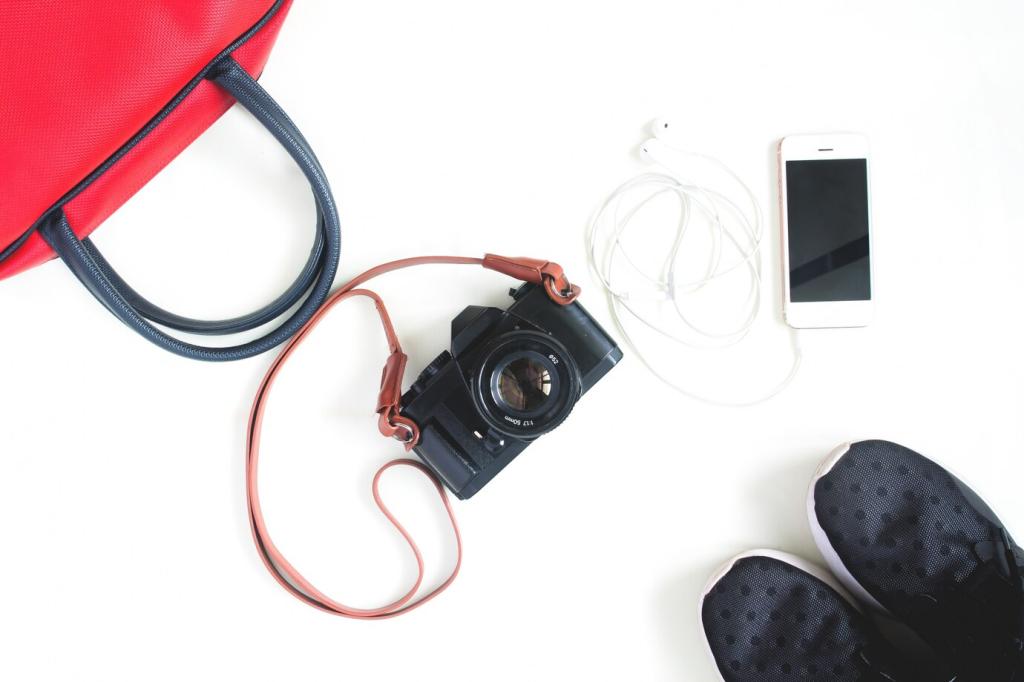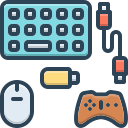Gear Up: Gaming Accessories for the Ultimate Experience
Chosen theme: Gaming Accessories for the Ultimate Experience. Step into a world where every click, frame, and heartbeat feels sharper, faster, and more personal, guided by smart gear choices, hard-earned tips, and stories from passionate players like you.

Precision at Your Fingertips: Keyboards and Mice
Mechanical switches, feel, and fatigue
Linear, tactile, or clicky switches each change how your brain maps intention to movement. Actuation force, pre-travel, and stabilizers impact speed and strain. Try foam dampening, O-rings, or lube for comfort. Share your favorite switch and why it wins.
Sensor accuracy, DPI, and polling rate
Modern optical sensors track without acceleration, so aim feels natural. Many FPS players prefer 800 to 1600 DPI with in-game sensitivity tuned. A 1000 Hz polling rate is reliable; 8000 Hz can reduce micro-latency. Test wireless latency versus Bluetooth before deciding.
Ergonomics and grip styles
Palm, claw, and fingertip grips thrive with different mouse heights, humps, and weights. PTFE feet, hybrid skates, and consistent surfaces help micro-adjustments. After downsizing my mouse, wrist pain vanished in a week. What shape keeps you accurate without tiring out?


See More, React Faster: Monitors That Matter
Going from 60 Hz to 144 Hz felt like removing fog from my crosshair: cleaner tracking, less blur, and smoother panning. Variable refresh technologies reduce tearing. If you upgraded recently, did your personal bests climb, or did comfort improve most?
See More, React Faster: Monitors That Matter
1080p excels for pure speed, 1440p balances clarity and performance, while ultrawide expands peripheral awareness. Sit close enough for immersion but far enough for comfortable scanning. Remember higher resolution stresses the GPU. Tune in-game FOV so targets neither shrink nor distort.
Hear Every Footstep: Headsets and Audio Upgrades

Surround processing and imaging
Accurate imaging matters more than exaggerated bass. Try Windows Sonic, Dolby Atmos, or DTS processing, then compare plain stereo for reference. During a tense clutch, precise left-right elevation cues saved me. What virtual surround settings genuinely help you track opponents?

Microphone clarity and team comms
A clean cardioid mic with a simple noise gate keeps callouts crisp. Side-tone prevents shouting, while pop filters tame consonants. Record a quick sample, listen back, and adjust gain. Consistent comms calm nerves and speed decisions. Invite teammates to audit your voice.

DACs, amps, and open-back versus closed-back
High-impedance headphones may need amplification, while a portable DAC reduces motherboard noise. Open-back designs widen stage but leak sound; closed-back isolate and deliver punch. Build a small playlist for positioning tests. Share which tracks reveal imaging flaws in your current setup.
Stay Comfortable, Play Longer: Ergonomics and Setup
Lumbar support encourages a neutral spine; adjustable armrests align elbows near ninety degrees. Keep feet planted and shoulders relaxed. After switching to a supportive chair, my late-game jitters faded. Which adjustments help you maintain posture deep into overtime?


Control Your Destiny: Controllers, Sticks, and Wheels
Remappable paddles, trigger stops, and hall effect sensors enhance control and longevity. Tune deadzones and curves for steady aim and smooth throttle. I posted faster lap times after revisiting sensitivity. What button mapping rescued your muscle memory during clutch moments?
Control Your Destiny: Controllers, Sticks, and Wheels
Quality parts like Sanwa or Seimitsu switches transform inputs into reliable, rhythmic execution. Gate shapes change motions; square is common, octagonal aids circular moves. Landing a perfect dragon punch after weeks of practice felt electric. Which layout unlocked your combos?
Speed and Stability: Networking and Storage Essentials
Routers, QoS, and Ethernet advantages
Wi‑Fi 6E with clean channels helps, but Ethernet remains king for stability. Tackle bufferbloat with smart QoS or fq_codel. I shaved spikes from 90 ms to 35 ms by hardwiring. What routing tweaks normalized your ping graph?


NVMe SSDs and game load times
PCIe 4.0 NVMe drives boost sequential speeds and random IOPS, feeding assets faster. DirectStorage accelerates streaming, reducing pop-in. While frames rely on the GPU, storage lifts waiting time. Map your worst load screens, upgrade, then retest and report improvements.
